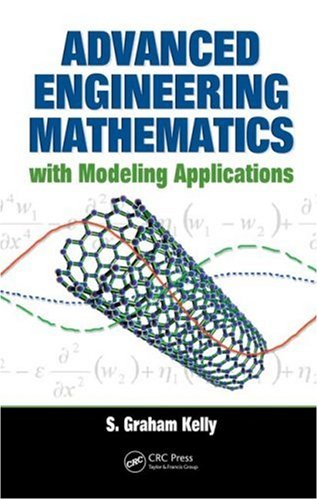

Most ebook files are in PDF format, so you can easily read them using various software such as Foxit Reader or directly on the Google Chrome browser.
Some ebook files are released by publishers in other formats such as .awz, .mobi, .epub, .fb2, etc. You may need to install specific software to read these formats on mobile/PC, such as Calibre.
Please read the tutorial at this link: https://ebookbell.com/faq
We offer FREE conversion to the popular formats you request; however, this may take some time. Therefore, right after payment, please email us, and we will try to provide the service as quickly as possible.
For some exceptional file formats or broken links (if any), please refrain from opening any disputes. Instead, email us first, and we will try to assist within a maximum of 6 hours.
EbookBell Team

4.1
50 reviewsEngineers require a solid knowledge of the relationship between engineering applications and underlying mathematical theory. However, most books do not present sufficient theory, or they do not fully explain its importance and relevance in understanding those applications.
Advanced Engineering Mathematics with Modeling Applications employs a balanced approach to address this informational void, providing a solid comprehension of mathematical theory that will enhance understanding of applications – and vice versa. With a focus on modeling, this book illustrates why mathematical methods work, when they apply, and what their limitations are. Designed specifically for use in graduate-level courses, this book:
Apply the Same Theory to Vastly Different Physical Problems
Presenting mathematical theory at an understandable level, this text explores topics from real and functional analysis, such as vector spaces, inner products, norms, and linear operators, to formulate mathematical models of engineering problems for both discrete and continuous systems. The author presents theorems and proofs, but without the full detail found in mathematical books, so that development of the theory does not obscure its application to engineering problems. He applies principles and theorems of linear algebra to derive solutions, including proofs of theorems when they are instructive. Tying mathematical theory to applications, this book provides engineering students with a strong foundation in mathematical terminology and methods.